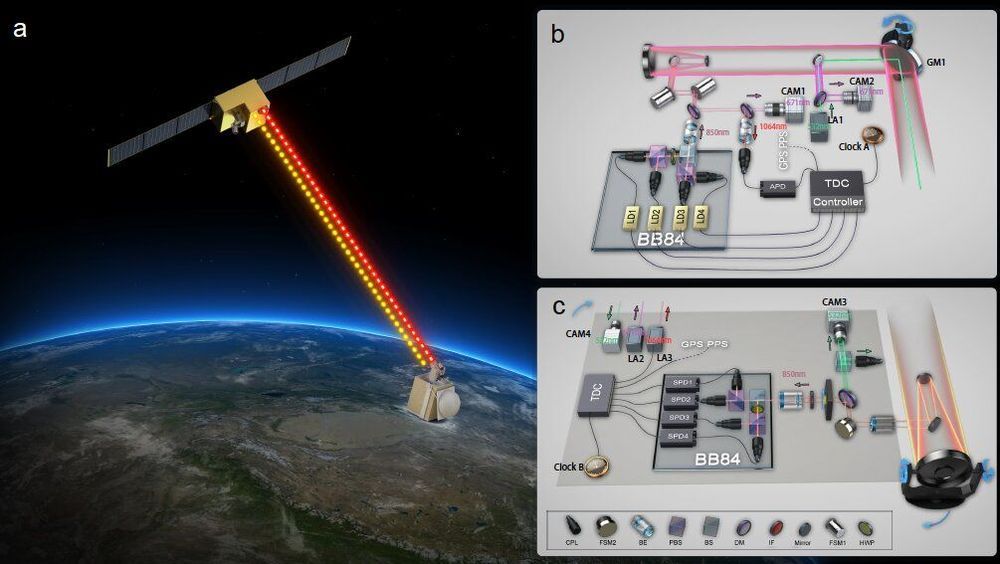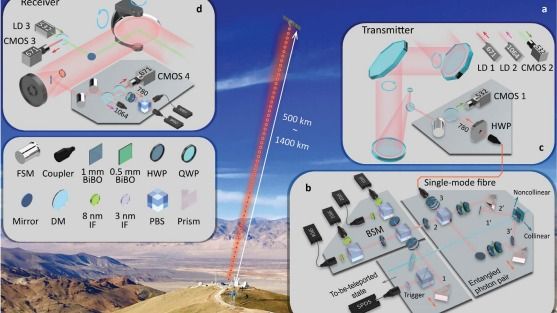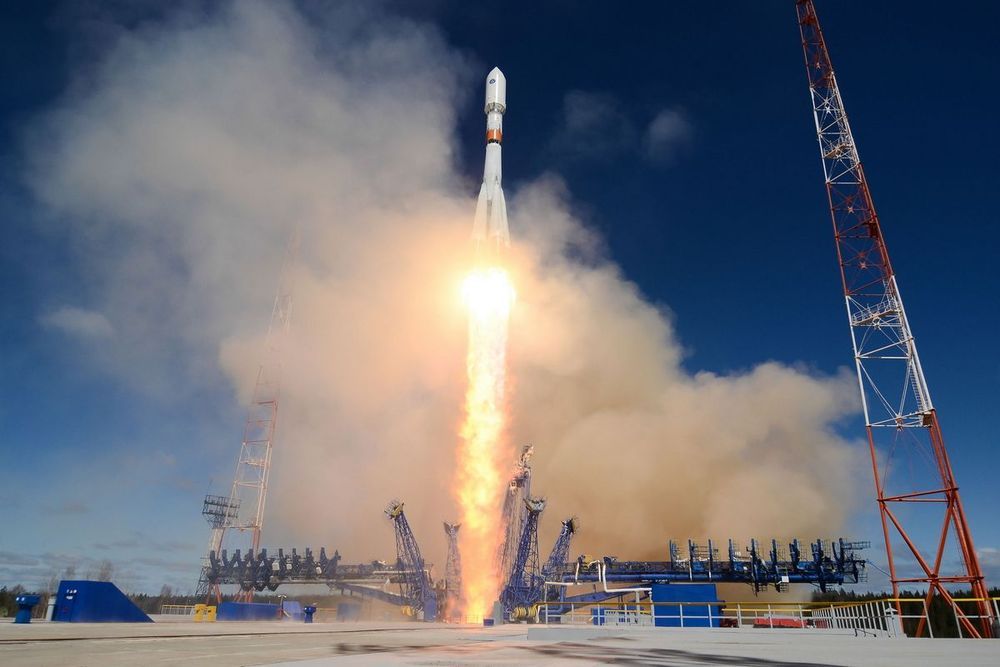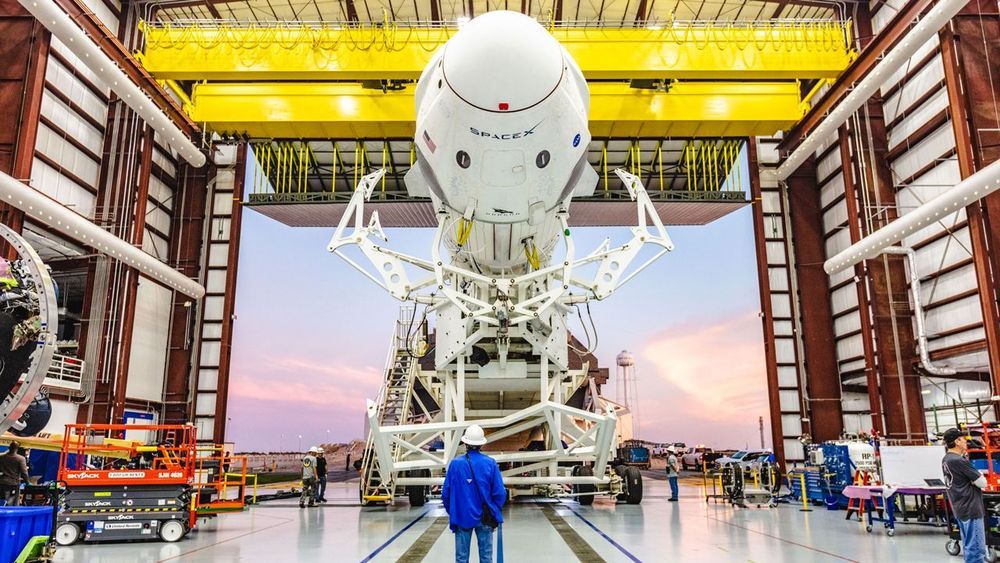
Researchers at the University of Science and Technology of China have recently introduced a new satellite-based quantum-secure time transfer (QSTT) protocol that could enable more secure communications between different satellites or other technology in space. Their protocol, presented in a paper published in Nature Physics, is based on two-way quantum key distribution in free space, a technique to encrypt communications between different devices.
“Our main idea was to realize quantum-secure time transfer in order to resolve the security issues in practical time–frequency transfer,” Feihu Xu, one of the researchers who carried out the study, told Phys.org.
Quantum key distribution (QKD) is a technique to achieve secure communication that utilize cryptographic protocols based on the laws of quantum mechanics. Quantum key distribution protocols can generate secret security keys based on quantum physics, enabling more secure data transfer between different devices by spotting attackers who are trying to intercept communications.

















